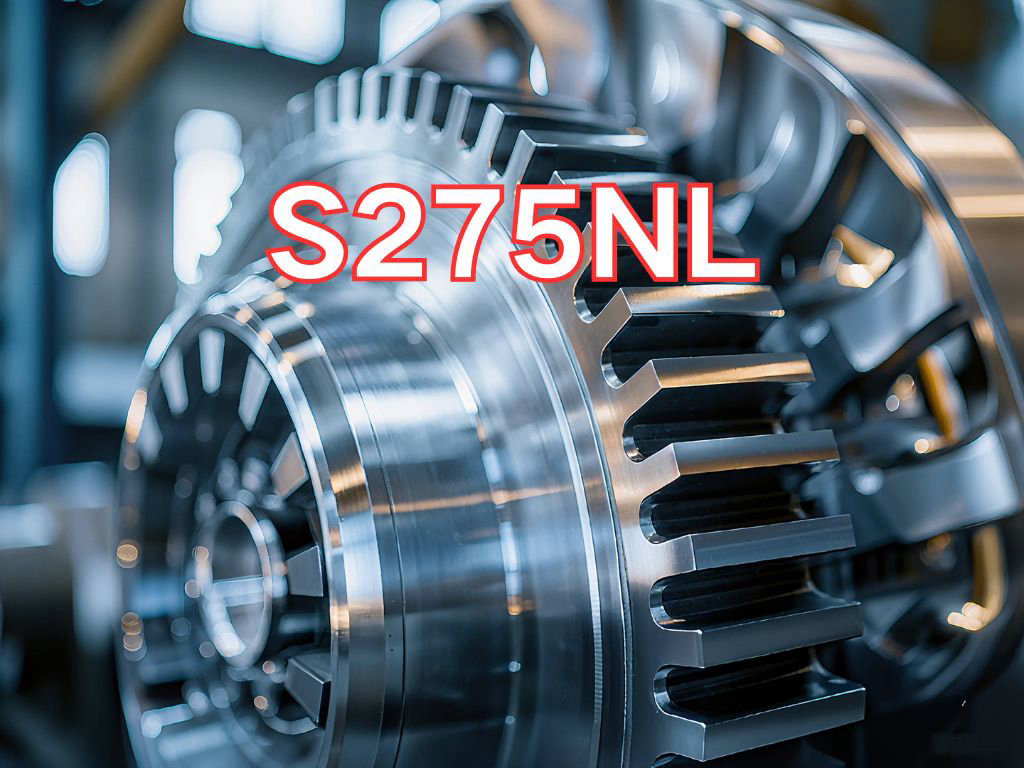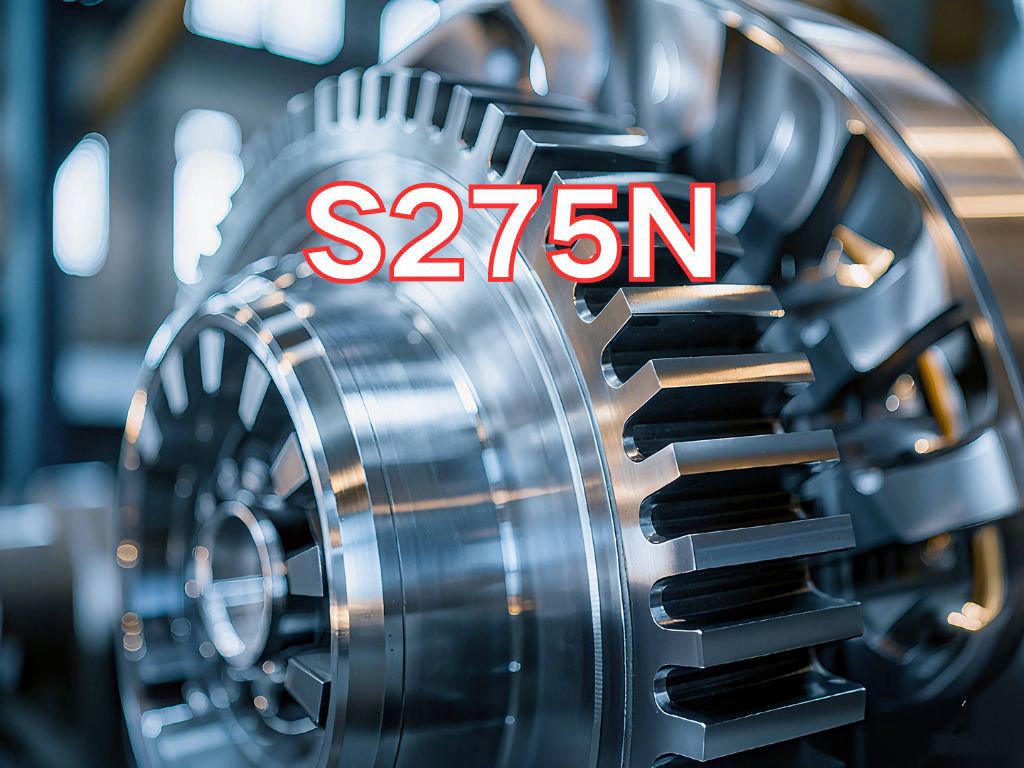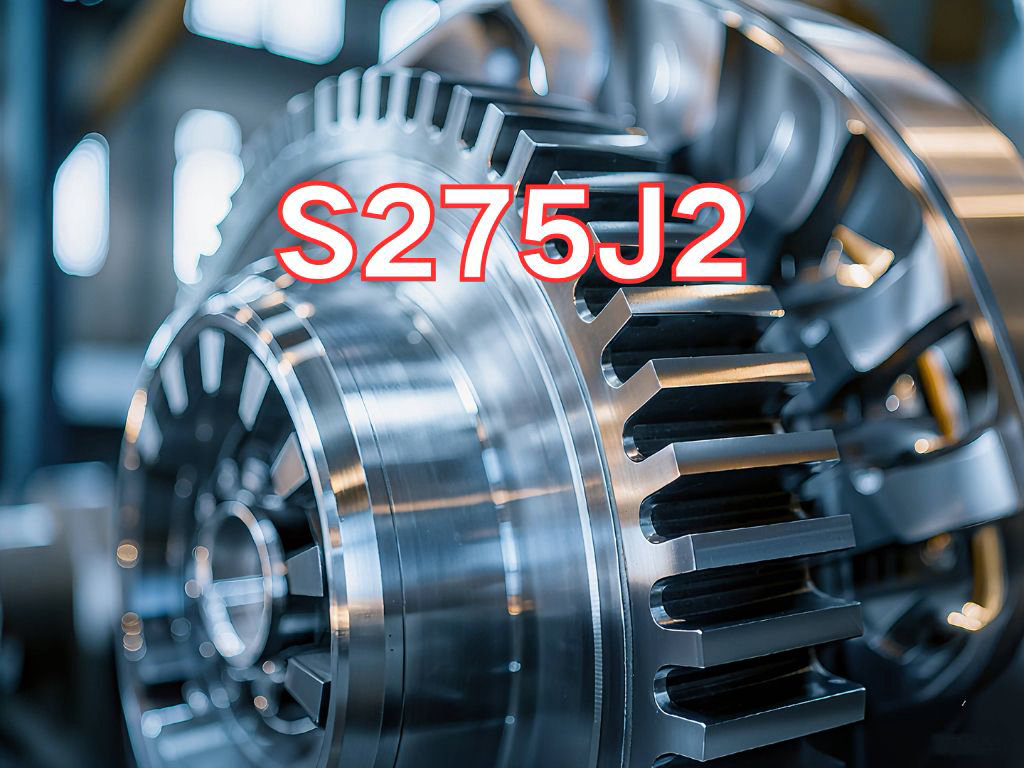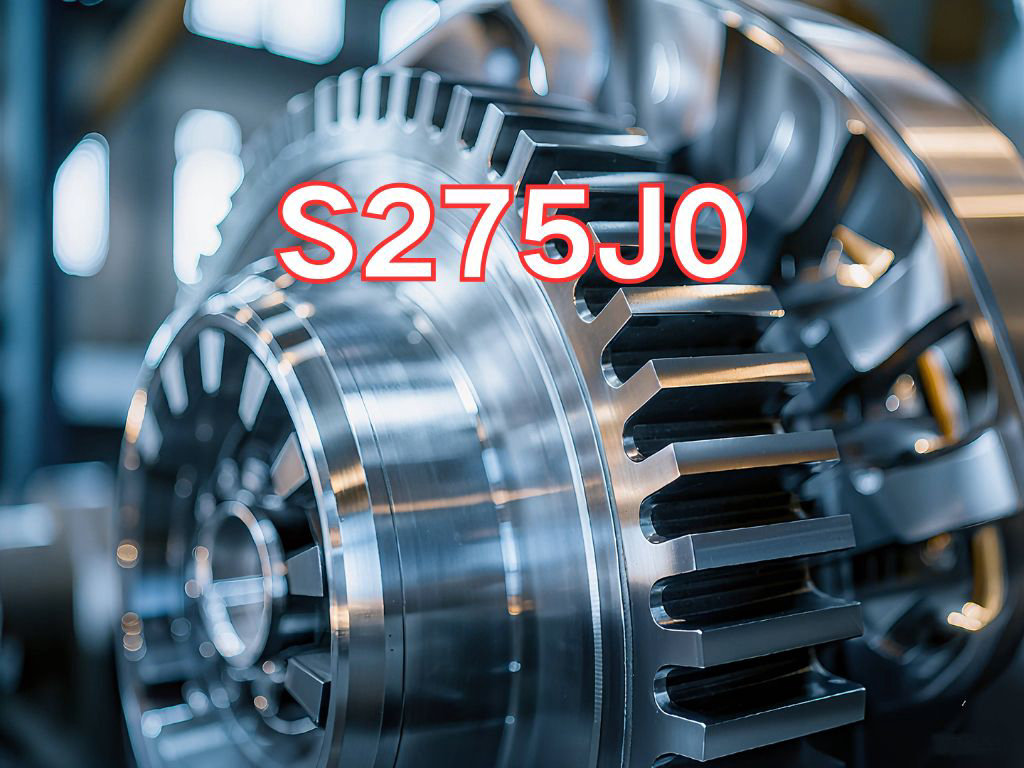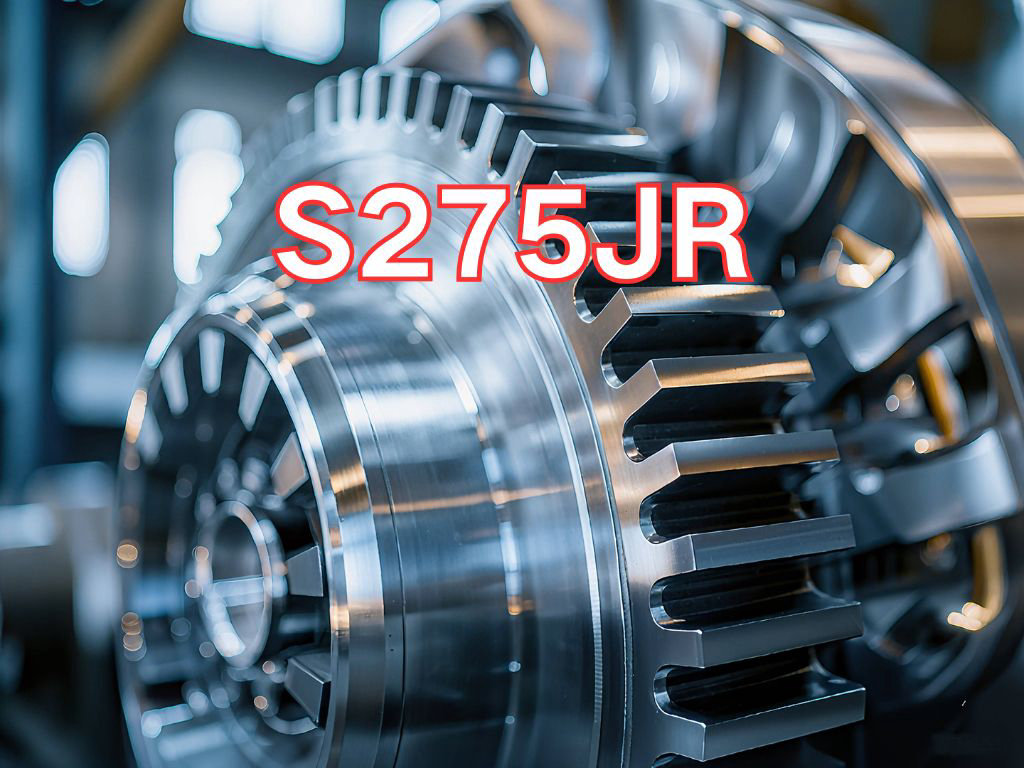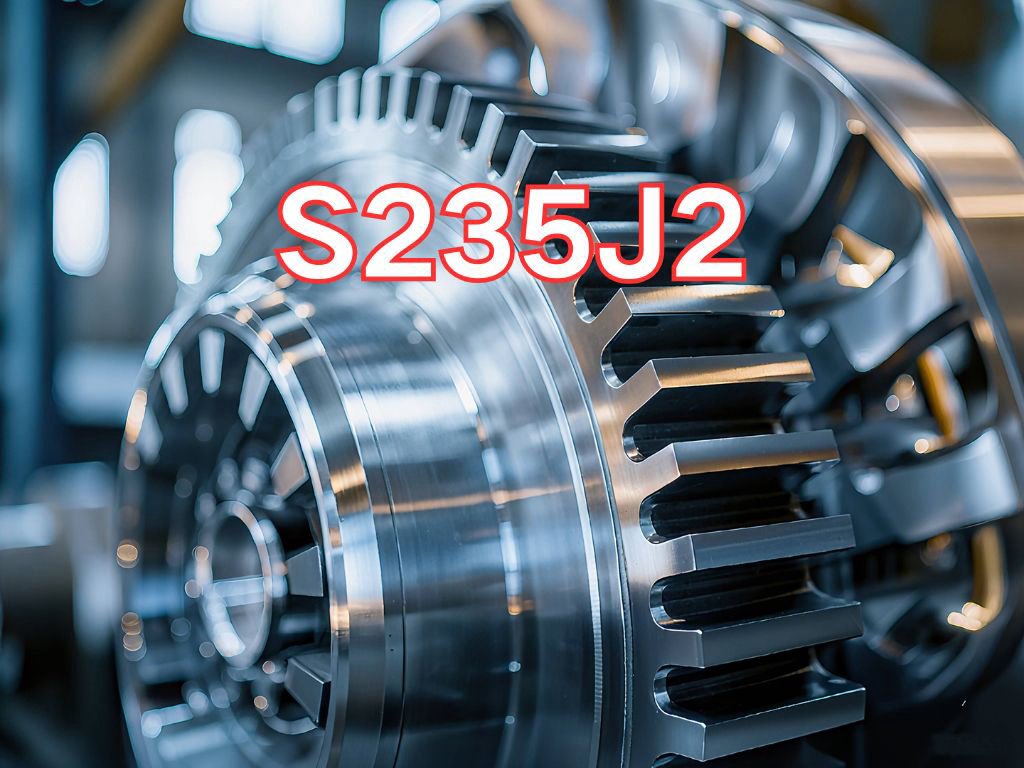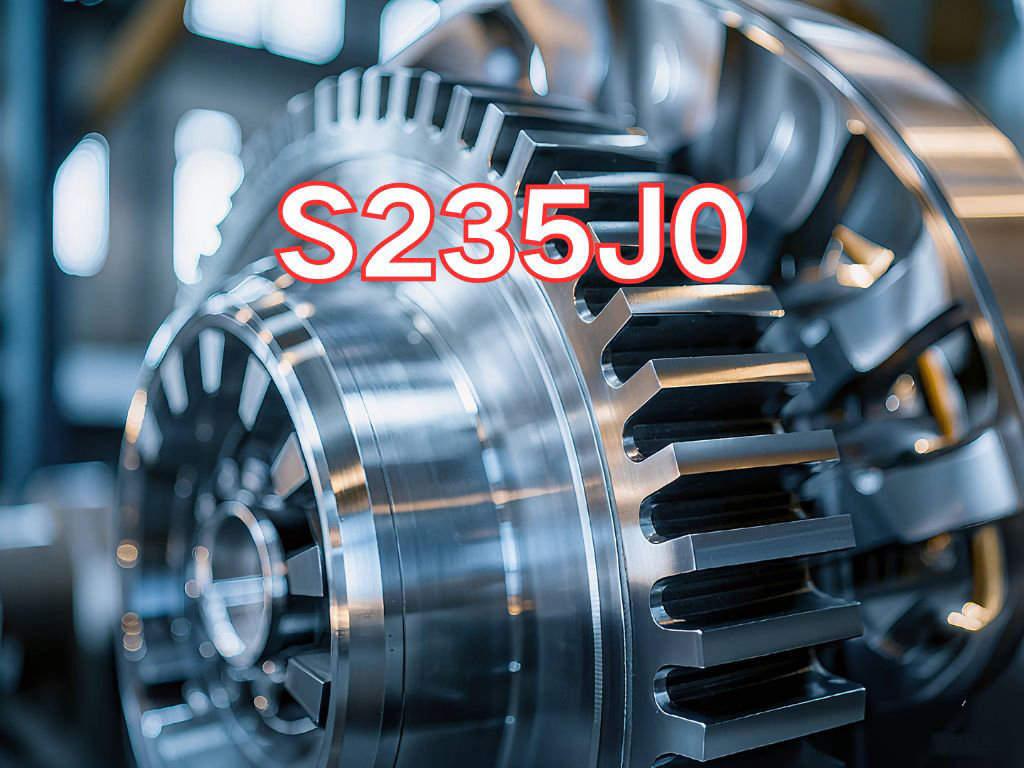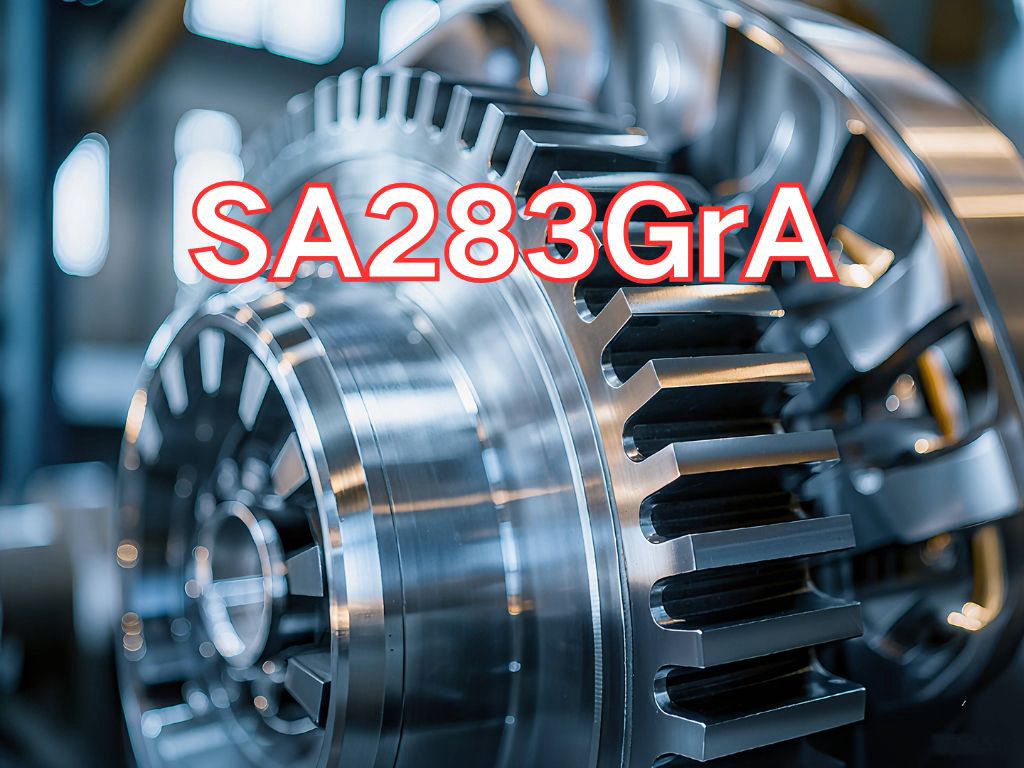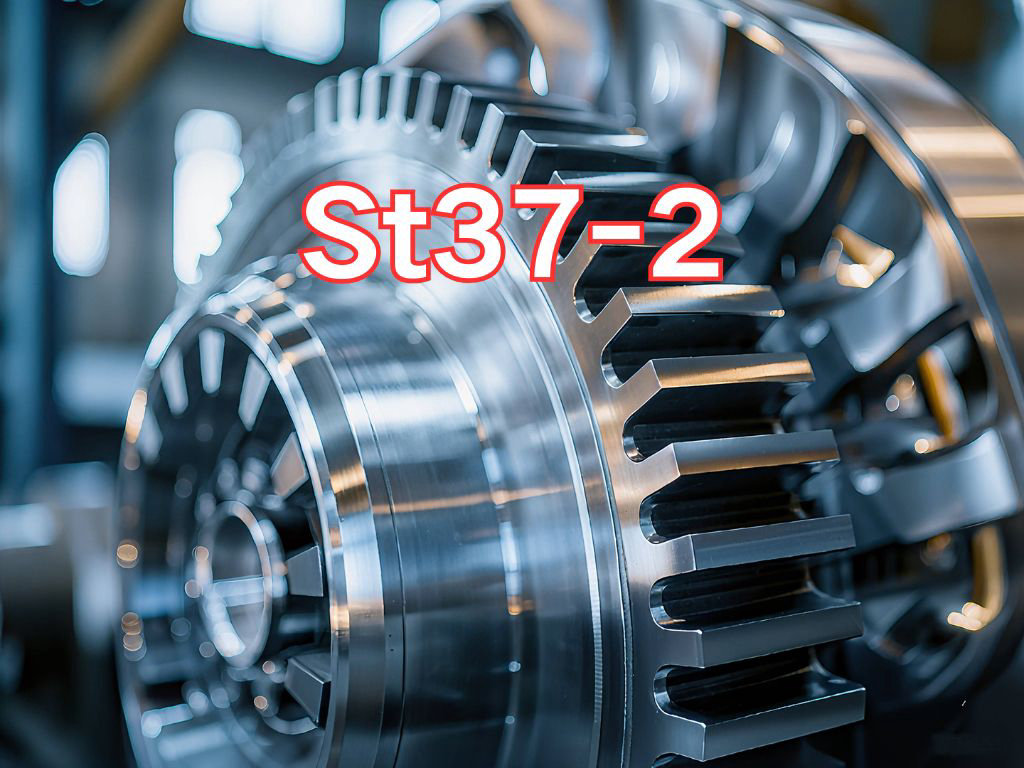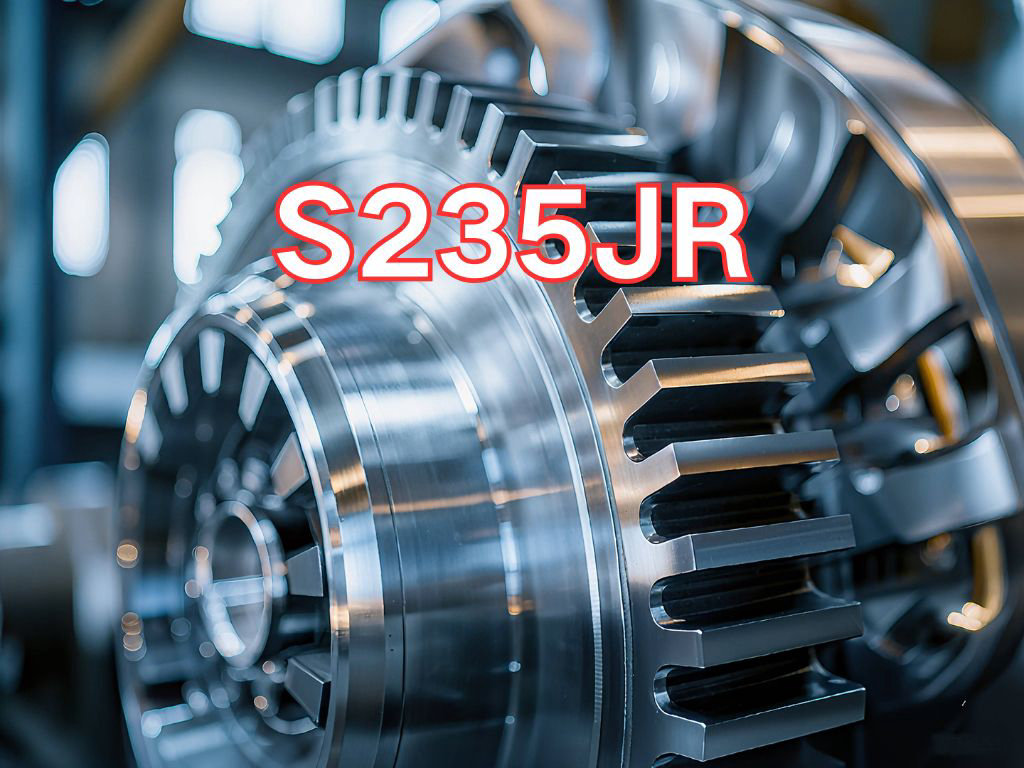

S235JR
S235JR is a non-alloy structural steel, designated according to the European standard EN 10025-2:2019 "Hot Rolled Products of Structural Steels – Part 2: Technical Delivery Conditions for Non-alloy Structural Steels". This standard is a core specification widely adopted across the European Union and many countries worldwide for applications in construction, bridges, and mechanical manufacturing. It has replaced older national designations such as the German DIN St series (e.g., St37-2), achieving harmonization and mutual recognition of steel grades across Europe. As one of the most fundamental and widely used grades in the standard, S235JR is representative of general-purpose structural steel due to its balanced performance and cost-effectiveness.
The designation "S235JR" follows the systematic naming convention of European standards and has a clear meaning:
"S" stands for "Structural steel", indicating its application category.
"235" denotes the specified minimum yield strength of 235 MPa. This strength level is comparable to internationally used grades such as China's Q235, the US A36, Japan's SS400, and Australia's AS3678-250. It falls into the low-to-medium strength category and is suitable for most conventional building and engineering structures.
"J" represents the quality level, specifically the test temperature for impact energy. The letter "J" indicates that Charpy V-notch impact testing is required at +20°C (room temperature).
"R" signifies the delivery condition as "as-rolled". In EN 10025-2, "R" specifically means the steel is delivered in the hot-rolled condition without additional heat treatment, which is the most common and economical delivery method. Therefore, the "JR" combination indicates that the steel must guarantee impact toughness at room temperature (+20°C), with a minimum absorbed energy of 27 joules (J), providing good resistance to brittle fracture.
The primary application of S235JR steel plate is in the fabrication of general building structures, industrial facilities, machinery, and non-critical load-bearing components. Thanks to its reliable performance, mature manufacturing processes, and low cost, S235JR is one of the most widely used structural steels in infrastructure projects across Europe and globally. Typical applications include:
Construction and Civil Engineering: Beams, columns, bracing, trusses, floor decking, and other load-bearing or non-load-bearing components in factories, warehouses, and office buildings.
Bridge Engineering: Secondary structural members, deck systems, railings, and connectors in small-to-medium-sized bridges.
Mechanical Manufacturing: Frames, bases, enclosures, conveyor frames, work platforms, and other mechanical parts with moderate strength requirements.
Transportation: Frames and body structures for ordinary trucks, trailers, agricultural machinery, and rail vehicles.
General Facilities: Shelves, fences, stairs, walkways, pipe supports, and other municipal or industrial auxiliary installations.
Its main characteristics include:
Moderate Strength: A minimum yield strength of 235 MPa and a minimum tensile strength exceeding 360 MPa provide sufficient load capacity and structural stability.
Good Weldability and Workability: As a low-carbon steel, S235JR has a low carbon equivalent, excellent weldability, and can be welded using various methods without complex preheating or post-weld heat treatment. It is also easy to cut, bend, and form using both cold and hot working processes.
Guaranteed Room-Temperature Impact Toughness: The "JR" quality level ensures adequate impact resistance at ambient temperatures, enhancing structural safety compared to grades without impact requirements.
Good Ductility and Elongation: High elongation allows the material to accommodate plastic deformation and moderate dynamic loads.
High Cost-Effectiveness: With mature production processes, low material costs, and an economical price, it is a highly cost-efficient general-purpose structural material.

Ultrasonic Testing (UT)
A key non-destructive testing technique that uses high-frequency sound waves to detect internal flaws in steel plates. The probe emits sound waves, which reflect when encountering defects such as cracks or inclusions. The receiver captures the echoes, enabling precise determination of defect location and size. With high sensitivity, strong penetration, and fast inspection speed, UT effectively ensures internal quality, widely used in the production of heavy plates, pressure vessel plates, and other high-end products to guarantee safety and reliability.

Magnetic Particle Testing (MT)
A common surface inspection method that magnetizes the workpiece, causing leakage magnetic fields at surface or near-surface defects like cracks or inclusions, which attract magnetic particles to form visible indications. Simple to operate and highly sensitive, MT is suitable for rapid inspection of surface and near-surface flaws in ferromagnetic materials, widely used for online or offline inspection of plate edges, ends, and welds, ensuring product quality and safety.

Penetrant Testing (PT)
A non-destructive method for detecting surface-breaking flaws. A penetrant liquid is applied to the cleaned steel surface, allowing it to seep into defects such as cracks or pores. After removing excess penetrant, a developer is applied, causing the trapped penetrant to bleed out and form visible indications. Simple and cost-effective, PT is suitable for inspecting surface defects in various non-porous materials, commonly used for welds, castings, and complex components, effectively ensuring surface quality of steel plates.


